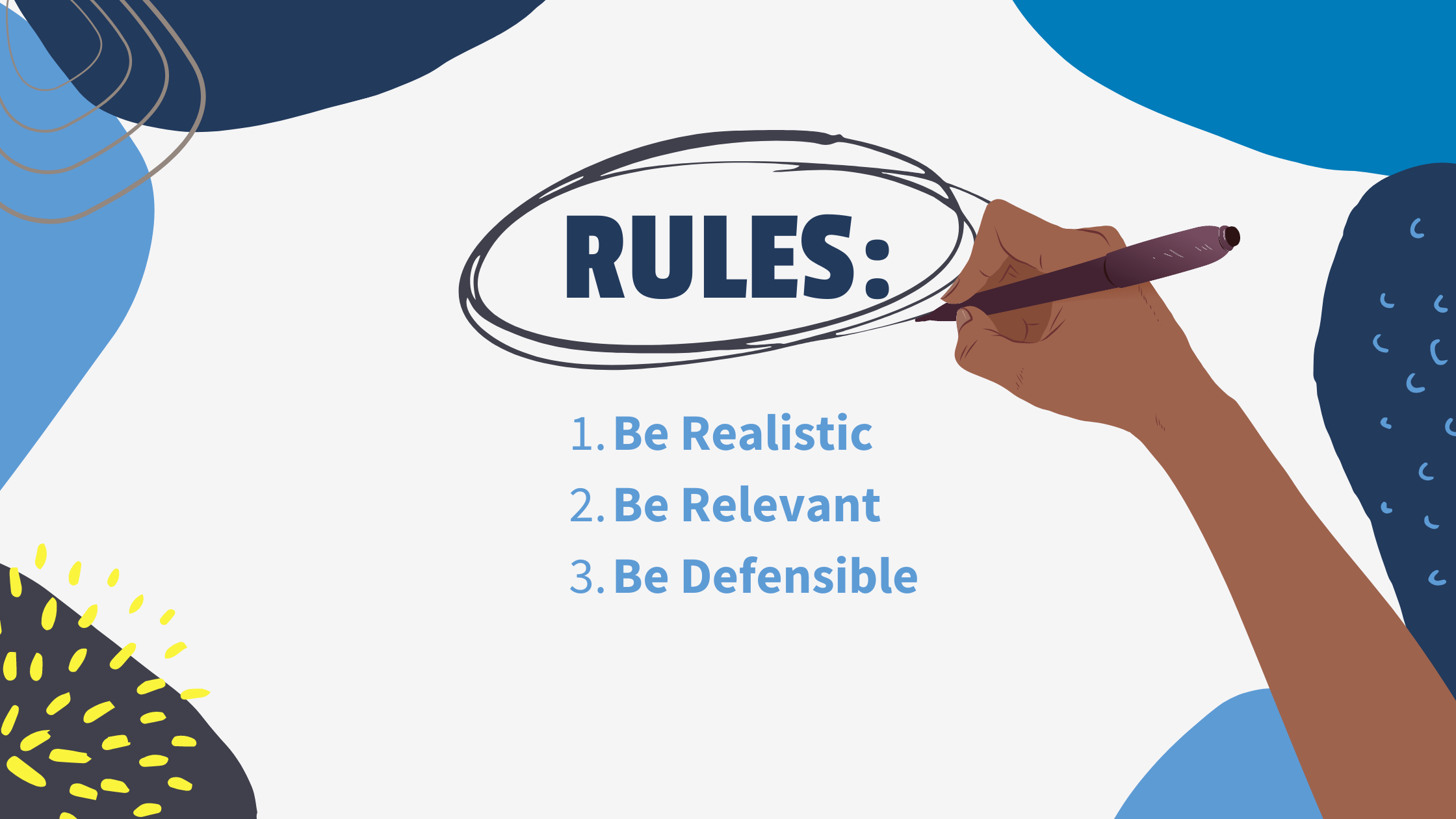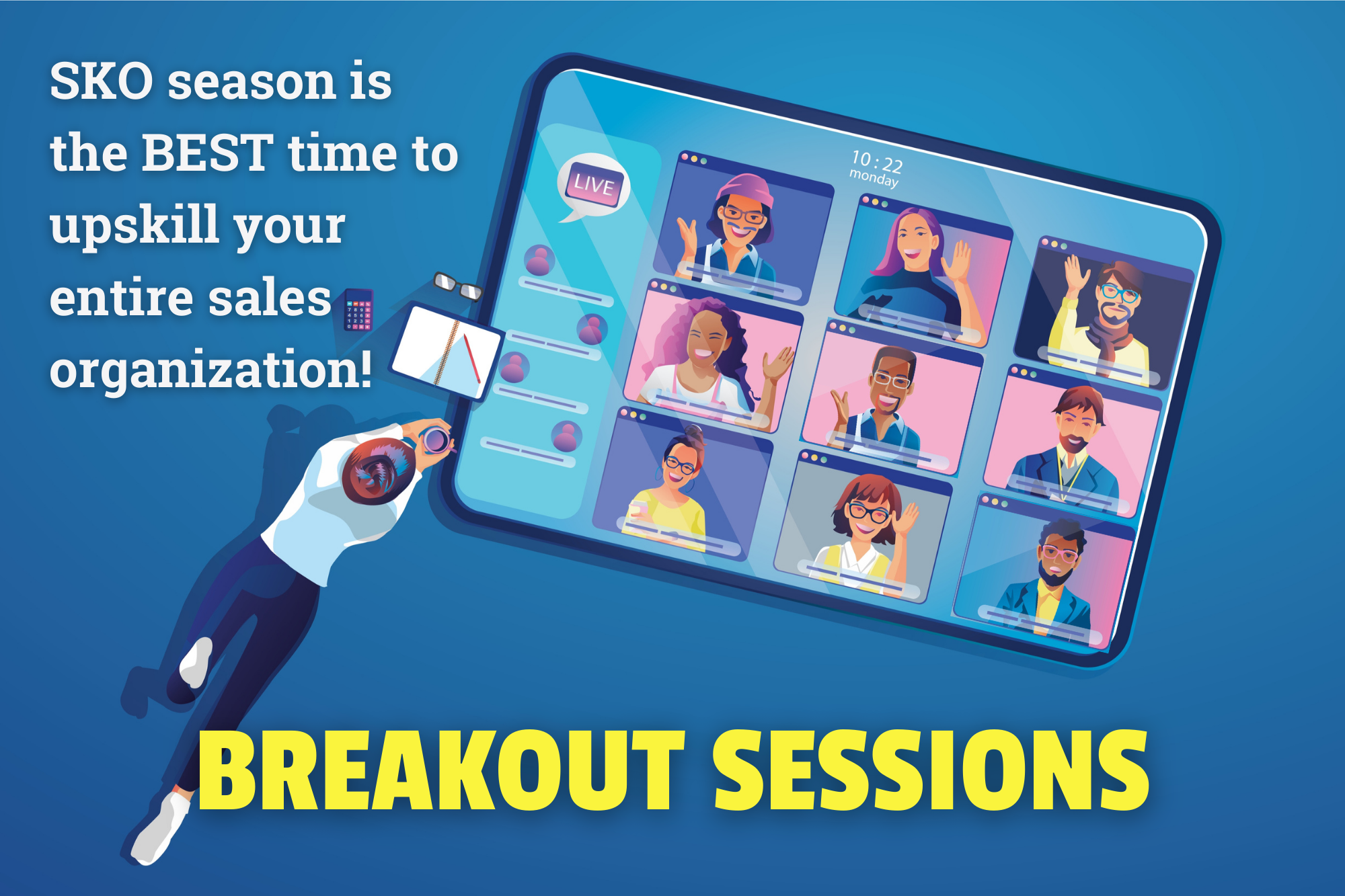Product Review- Sharing a Personalized Demo with Navattic.
Personalized demos help prospects and clients visualize themselves using your software solution. Wouldn’t you agree? The challenge is the volume of...

In our current global selling environment, selling your solution's value has become a cornerstone for the justification prospects need to invest in your organization. The demand for capital is immense, and accordingly, the competitive landscape has expanded to non-traditional alternatives. Your prospects need you to articulate your solution's value to justify handing over their capital to you. Given these market conditions, let's explore the '3 Rules for Presenting Your Value.'
Any statement of return on investment or value must be considered "realistic" in the minds of your prospect. It's important to note that the definition of "realistic" varies widely from individual to individual. For example, assume for the moment that you sell a Human Capital Management software solution. An area of keen interest for your prospect is the number of employee reviews completed before their self-imposed deadline. You present figures from a case study that shows the on-time completion of personnel reviews to be 98%. After you present this impressive statistic, the prospect dismisses the evidence and asks you to move forward with your presentation. Why? Because for the past five years, they have been attempting to achieve 5% gains each year from 40% to 65%. Your number doesn't seem "realistic." I'm not suggesting you don't present this jaw-dropping statistic. I'm suggesting that you need to prepare the prospect before presenting this statistic, so they don't dismiss your case study findings.
In our example above, we presented that 98% of personnel reviews were completed on time. Our prospect is an €8 Billion, 15,000 employee, global bank. The statistic we showed came from a $120 Million, 200 employee manufacturer. The two companies are so different that the prospect dismisses the figure because the example isn't relevant. This problem is a real selling challenge. It isn't easy (and sometimes impossible) to find relevant examples.
The good news about using case studies is they are very defensible. The client you presented was studied, and they will back up your value. The challenge with Return-On-Investment studies is they are challenging to defend. Taking a prospect's cynical view, I might say something like, "Well, of course, your study shows we will get a return on our investment in 16 months… it's your ROI study!" All statements of value need to be defensible, or they will be nullified —simple changes in how you present the value will lead to a prospect viewing your claims as defensible.
If you use a quote from a customer or industry expert, cite the source first, then read the quote second. Doing so establishes the credibility of the source before the statement of value.
The nature of our selling environment and competitive landscape dictates that we sell value. You should assume that all of your competitors are presenting value. However, we only win when we articulate our value more effectively than the competition.

Personalized demos help prospects and clients visualize themselves using your software solution. Wouldn’t you agree? The challenge is the volume of...

Part 1 and Part 2 of this series revealed our secret ingredients for successful SKO keynote speakers and SKO soft-skills training sessions. We...